Higher classification Sacalia Order Turtle | Subphylum Vertebrata Subfamily Geoemydinae Phylum Chordata Rank Species | |
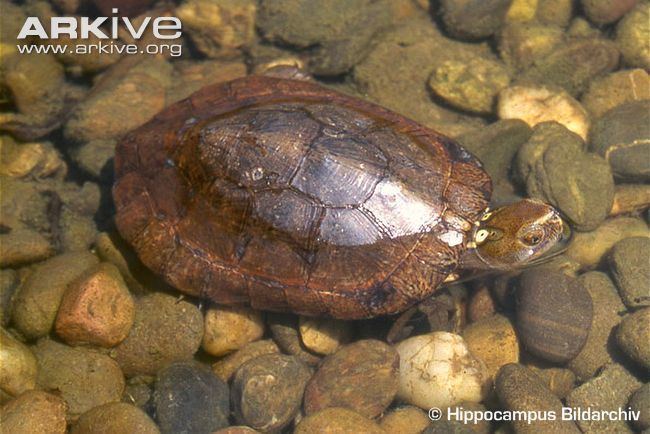 | ||
Similar Beal's eyed turtle, Turtle, Sacalia, Chinese stripe‑necked turtle, Black‑breasted leaf turtle | ||
Four eyed turtle courtship dance
The four-eyed turtle (Sacalia quadriocellata) is a reptile of the order Testudines. Its name refers to two bright yellow or green spots that occur on the back of its head that can look like another pair of eyes.
Contents
- Four eyed turtle courtship dance
- Rare four eyed turtle at the tennessee aquarium
- Geographic range
- Hybridization
- Description
- Ecology
- Status and conservation
- Conservation efforts
- References
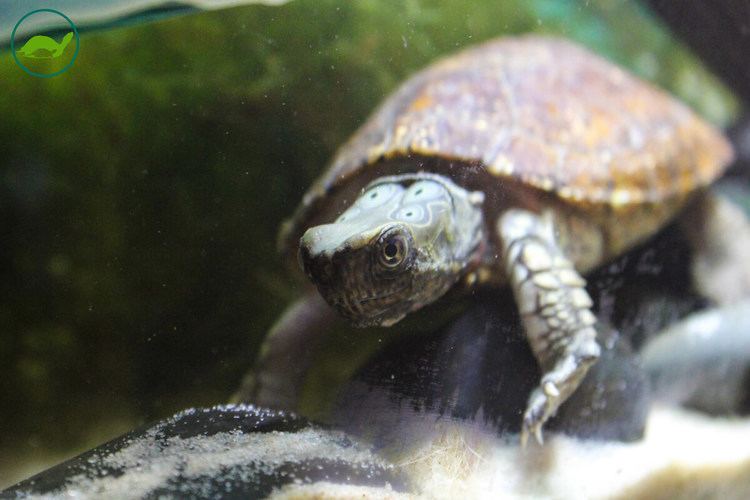
Rare four eyed turtle at the tennessee aquarium
Geographic range
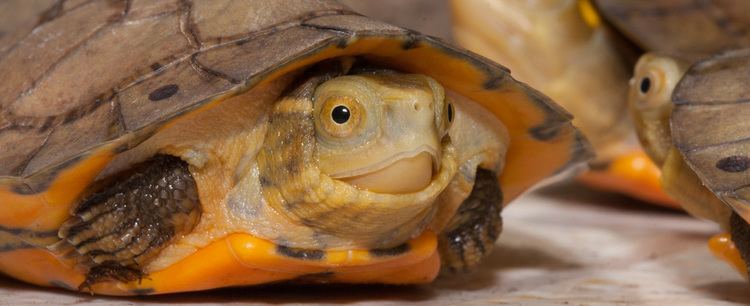
This species of turtle occurs in southern China and Hainan, in the Annamite Mountains and northeastern region of Laos, and in the mountains of northern and central Vietnam.
Hybridization
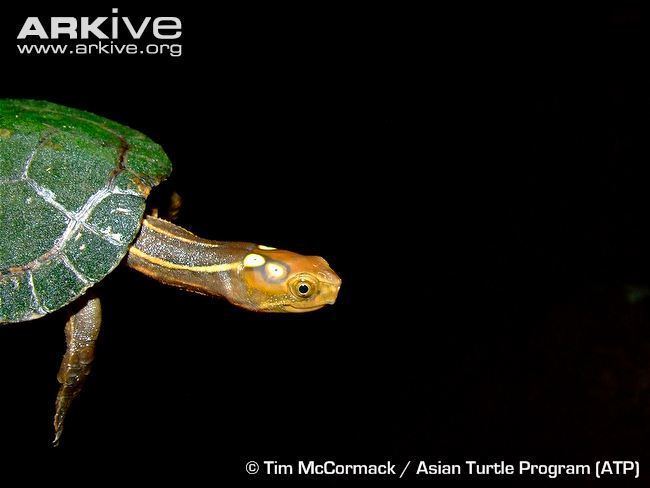
A male of this species has successfully produced hybrids with the Chinese pond turtle in captivity. Given that the "four-eye" pattern is inherited by these hybrids, it seems well possible that the mysterious Chinese false-eyed turtle (Sacalia pseudocellata) is actually based on a hybrid specimen.
Description
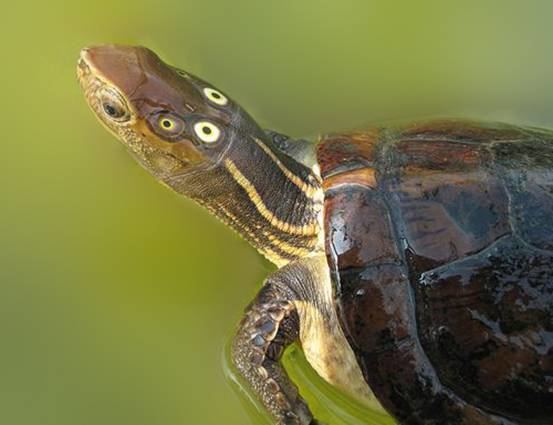
The four-eyed turtle can grow to a carapace length of 15 cm (5.9 in). Its carapace typically ranges in color from a yellowish-tan to a deep chocolate-brown, and all turtles have a distinct pattern of lines. The turtle's head is often colorful with yellow or green eyes, yellow stripes, and a pink or red throat. Two (sometimes four) eye-like ocelli occur on the back of the head, hence the turtle's name.
Ecology
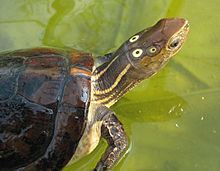
Four-eyed turtles occur in freshwater streams, brooks, and ponds in woodland, often mountainous habitats. As a result of their rugged surroundings, they have adapted to become adept climbers.
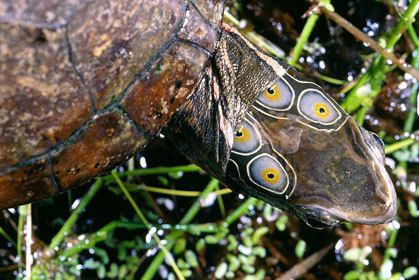
While their dietary preferences have not been studied in detail, it is known that they do eat a wide variety of animals and plants including crickets, worms, snails, trout chow, aquatic plants, greens and lettuces, and certain fruits.
Status and conservation
This species is included on CITES Appendix III and listed as Endangered by the IUCN.
A main factor in the decline of the four-eyed turtle is trade and demand for their shells. Therefore, species recovery programs are needed to ensure the future of the species. There is currently an extensive communication between zoo and conservation personnel in Vietnam whose goal is to coordinate recovery programs. The recovery programs will include legal protection for the turtles which will affect turtle trading.
Large quantities of turtle shell are used as an ingredient in Traditional Chinese Medicine (TCM). For instance, Taiwan confirmed that 940 tons of hard shelled turtle bone and 200 tons of soft shell turtle bones were imported between 1992 and 1998. The plastron - the belly shell - is used in TCM prescriptions. Some TCM scientists argue that there is no difference between plastron and carapace (back shell) bone. So, if both plastron and carapace bone are utilized, the demand of TCM for freshwater turtles, including four-eyed turtles, could decrease by 50%. Current TCM research also suggests that there is no pharmaceutical difference in the effects of bone from animals produced on farms and animals captured in nature. As a result, farm production of turtle bone for TCM is likely to increase. In addition, TCM research could help find alternatives to turtle bone such as herbs.
Conservation efforts
The Asian Turtle Conservation Network has helped publicize turtle conservation all throughout Asia. The ATCN has a regularly updated website with up-to-date news that helps spotlight the status of endangered turtles throughout Asia.
